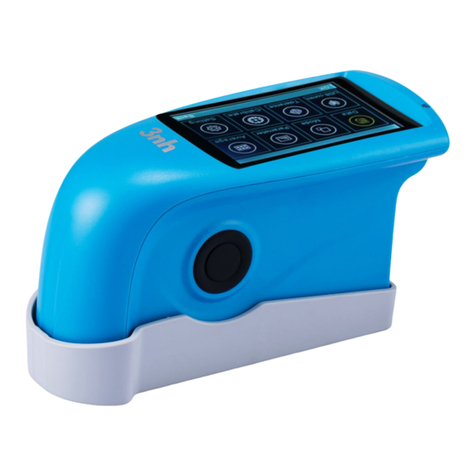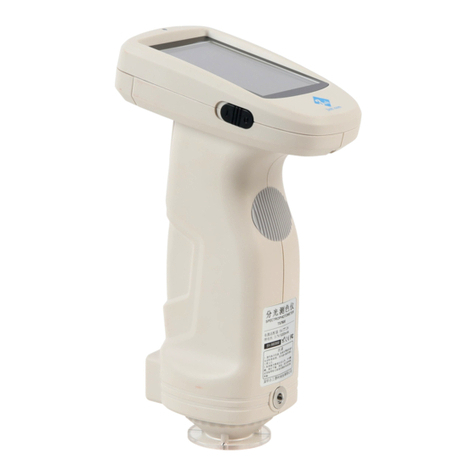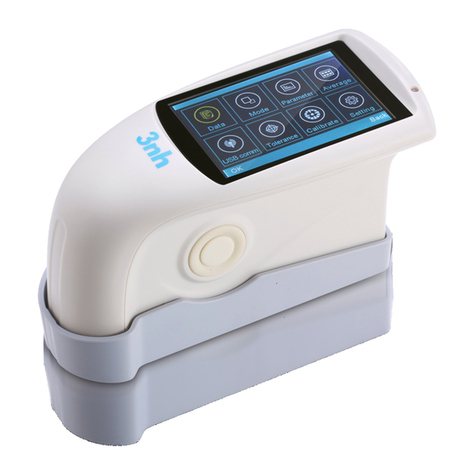
CONTENTS
INDUCTION............................................................................................................................................................... 1
CAUTIONS................................................................................................................................................................. 2
1. INTERFACE DESCRIPTION................................................................................................................................ 3
2 .BATTERY DESCRIPTION.................................................................................................................................... 3
3. BATTERY INSTALLATION.................................................................................................................................. 4
4. OPERATING INSTRUCTION............................................................................................................................... 5
4.1TURN ON...................................................................................................................................................................... 5
4.1.1 Preparations ........................................................................................................................................................ 5
4.1.2 Turn On ................................................................................................................................................................ 5
4.2 WHITE CALIBRATION AND BLACK CALIBRATION......................................................................................................... 6
4.3 MEASUREMENT ........................................................................................................................................................... 8
4.3.1 Measurement Locating........................................................................................................................................ 8
4.3.2 Standard Measurement ................................................................................................................................... 9
4.3.4 Measure and View Spectral Reflectance Graph................................................................................................. 11
4.4 CONNECTING TO PC .................................................................................................................................................. 11
4.5 PRINT......................................................................................................................................................................... 12
5. SYSTEM FUNCTION DESCRIPTION ................................................................................................................12
5.1 DATA MANAGEMENT ................................................................................................................................................. 12
5.1.2 Check Spectral Reflectance Curve ...................................................................................................................... 15
5.1.3 Editing Record Name ......................................................................................................................................... 16
5.1.4 Deleting a Single Record .................................................................................................................................... 17
5.1.5 Turning Standard Record into Measurement Standard ..................................................................................... 17
5.1.6 Turning Sample Record into Measurement Standard ........................................................................................ 17
5.1.7 Deleting All Records........................................................................................................................................... 18
5.1.8 Standard Input................................................................................................................................................... 18
5.2 TOLERANCE SETTING ................................................................................................................................................ 19
5.3 LIGHT SOURCE SETTING............................................................................................................................................ 20
5.4AVERAGE MEASUREMENT ......................................................................................................................................... 21
5.5 COLOR OPTIONS ........................................................................................................................................................ 22
5.5.1 Color Space ........................................................................................................................................................ 23
5.5.2 Color Index......................................................................................................................................................... 28
5.5.3 Observer Angle .................................................................................................................................................. 34
5.7 FUNCTION SETTING ................................................................................................................................................... 35
5.7.1 Auto Save........................................................................................................................................................... 36
5.7.2 Time Set............................................................................................................................................................. 36
5.7.3 Language Selection............................................................................................................................................ 39
5.7.4 Backlight Time ................................................................................................................................................... 39
5.7.5 Screen Brightness............................................................................................................................................... 39
5.7.6 Buzzer Switch..................................................................................................................................................... 40
5.7.7 Restore Factory Settings .................................................................................................................................... 40
6.TECHNICAL PARAMETERS ...............................................................................................................................40
6.1 PRODUCTS FEATURES ................................................................................................................................................ 40
6.2 TECHNICAL SPECIFICATIONS...................................................................................................................................... 42

































